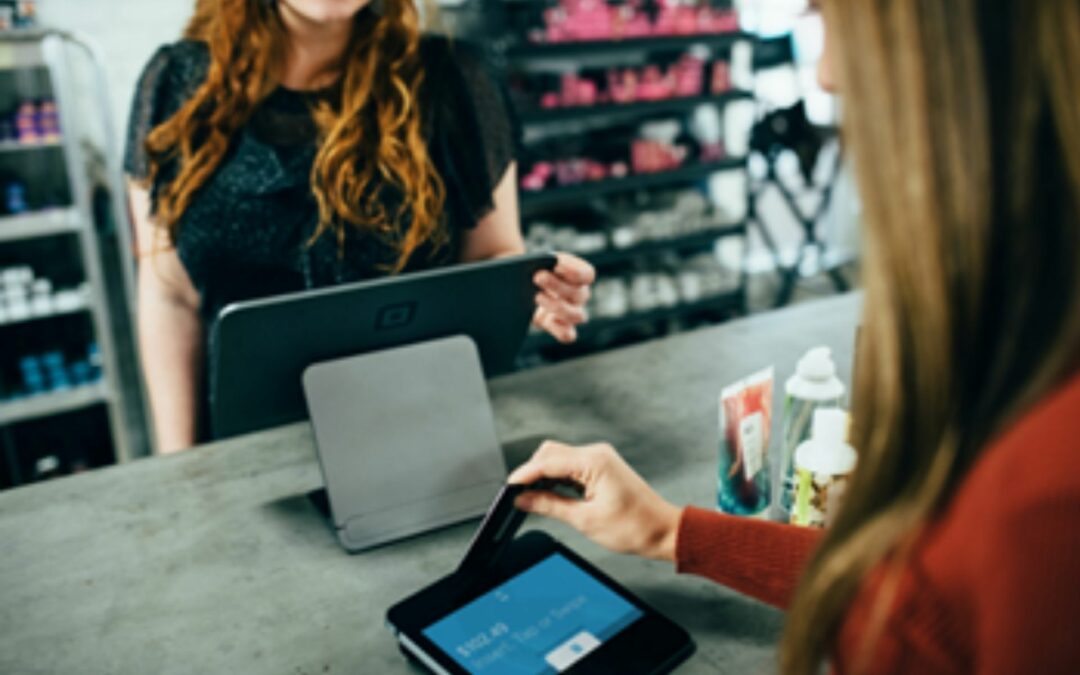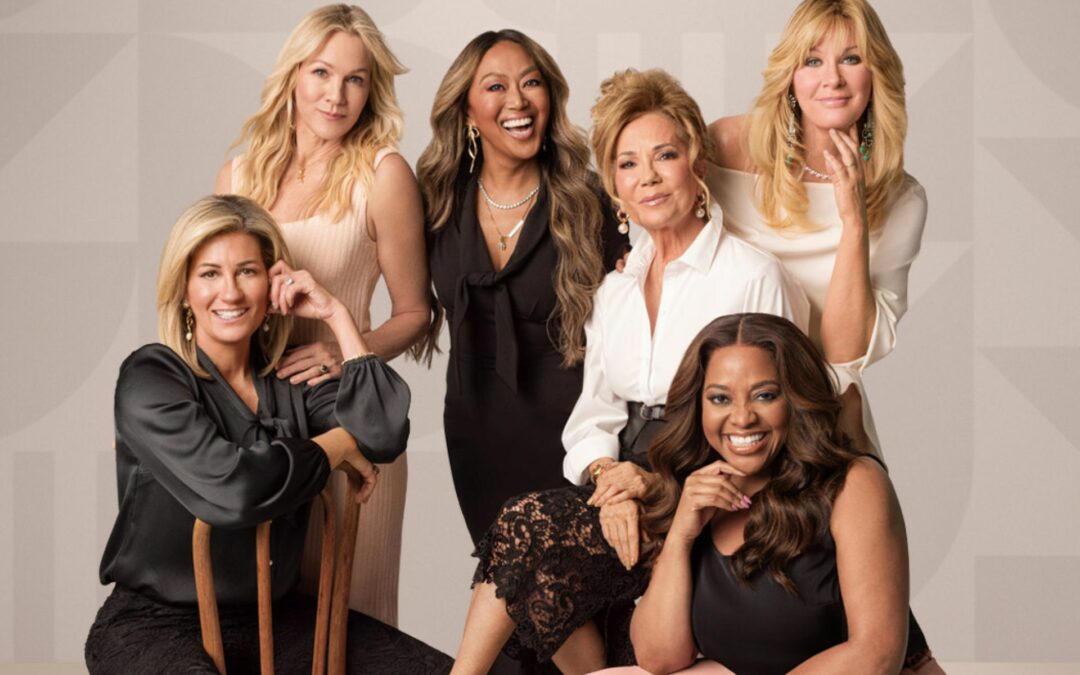Buy Now Pay Later (BNPL) is going to have an impact this holiday season that will provide some solid evidence as to how quickly the alternative financing system will make inroads into purchasing in mainstream retailing.
The retail industry also is eager to learn how much younger consumers turn to it as a payment method that weighs less on their risk-averse minds while allowing more flexibility than the debit cards they are fond of using
BNPL providers have reached an interesting juncture. A recent C+R Research study revealed that while 60% of consumers have used a BNPL service, 66% consider them to be “financially risky.”
The BNPL providers emphasize they lay out exactly how their services work so consumers can avoid unwittingly violating terms and dealing with related charges. Part of the acceptance of BNPL — as more consumers try it during a holiday season when the financial providers and retailers are making the payment method easier to access and more attractive — may come down to how they feel about their payment rather than purchase experiences.
Although many BNPL providers are emerging, the alternative payment option launched by PayPal and the conspicuous growth of Klarna have helped raise the profile of the payment method. However, they certainly aren’t the only major providers making waves in the BNPL system.
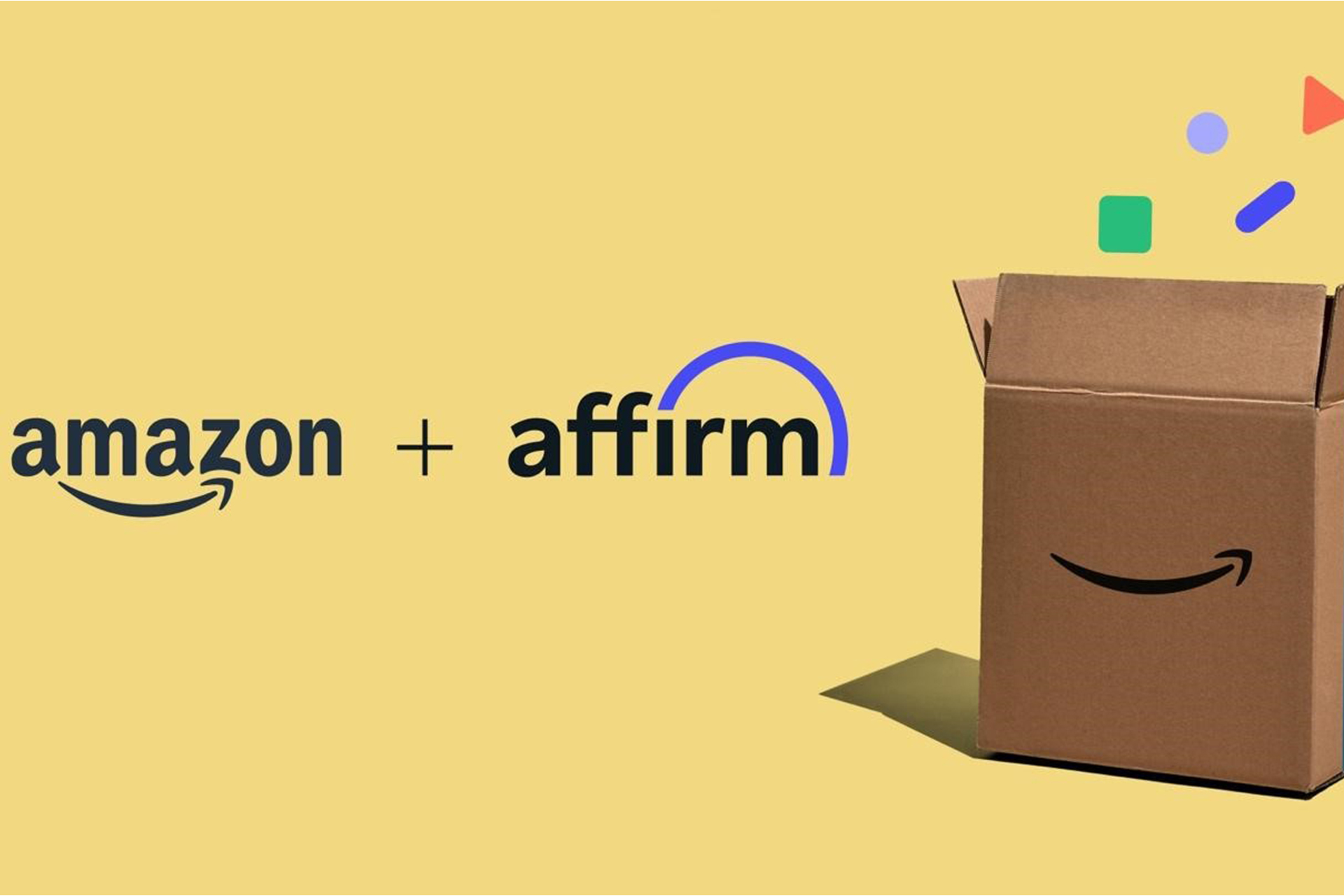
Affirm
Affirm made big news this year with some conspicuous partnerships. As August ended, Affirm announced that it had struck a deal with Amazon in which the retailer would give shoppers access to its payment systems. Amazon provided approved customers the option to split the total purchase costs of $50 or more into monthly payments via Affirm. Approved customers get a rundown on the total cost of their purchase upfront and never pay more than what they agree to at checkout, Affirm stated. At launch, Affirm access was limited to select customers, but plans call Amazon to make the payment option more broadly available to its shoppers over the coming months
Eric Morse, senior vice president, sales at Affirm, stated that the BNPL provider would bring “the transparency, predictability and affordability that Affirm provides today to the millions of people who shop on Amazon.com in the U.S.”
Walmart also chose to work with Affirm as it moved away from its traditional layaway program. According to Walmart, the move to work with Affirm wasn’t in response to a decision to end layaway as much as it was a move to provide customer options across payment methods.
In response to a HomePage News query, Walmart responded with the statement: “We’ve learned a lot in the past year as our customers’ needs and shopping habits have changed. Last holiday season, we removed seasonal layaway from most of our stores except for select jewelry items at select stores, and based on what we learned, we are confident that our payment options provide the right solutions for our customers. For customers interested in buying now while paying later, Walmart offers financing through monthly installment plans via Affirm, as well as a Capital One Walmart Rewards Card which offers 5% cashback at Walmart.com and 2% cashback in stores.”
Approved customers get a rundown on the total cost of their purchase upfront and never pay more than what they agree to at checkout, Affirm stated.
Target, too, lately has aligned with Affirm, announcing on its Bullseye blog in early October that it had struck a deal with the BNPL provider but also that it would offer a buy now pay later solution it has nurtured itself.
In the block post, Target stated it added new payment methods as a handy way to take advantage of its best deals and pay at a pace that can work well for any customer who wants to use them. The retailer characterized BNPL as a handy option during the busy holiday season and all year long.
Gemma Kubat, Target’s president of financial and retail services, said, “Through our partnerships with Affirm and Sezzle, Target is investing in new financial tools that make our shopping experiences more flexible and personalized to guests’ needs, right in time for the holiday season.”
Affirm has become an increasingly established fixture in the retail marketplace. Target is offering shoppers the use of Affirm for purchases over $100.
Lesser known, the retailer is using Sezzle more broadly. In a similar manner to other BNPL providers, Sezzle offers a flexible payment option by splitting each purchase into four payments. The first is due at the time of purchase with three interest-free payments required over six weeks, with no fees if paid on time. Target pointed out that Sezzle is a 2019 graduate of one of its Target Accelerator programs, which invites startup companies together for retail boot camps to scale their businesses and bring them to market.
Given its recent advances in the market, Affirm is looking forward to the holiday season.
“Affirm has already been making great strides in terms of awareness, and our brand is really resonating with consumers,” Greg Fisher, Affirm chief marketing officer, told HomePage News.
“We saw our brand awareness increase by approximately 70% during our 2021 fiscal year, and we are really looking forward to supporting more people during the holiday season,” Fisher said. “Our recent Consumer Spend Report found that nearly half of U.S. consumers plan to spend more this holiday season than last, but more than half feel pressured to overspend. That’s where Affirm comes in by helping to empower people to get those gifts they want and need while providing the flexibility and control to shop in a way that works best for their budget.”

Greg Fisher, CMO, Affirm
Affirm emphasizes its commitment to transparency in transaction. If approved after a short series of questions, consumers can opt for Affirm purchase terms at interest rates ranging from 0 to 30% APR. Payment terms range from six weeks to 48 months based on credit assessment, the purchase and the terms Affirm has with the given merchant.
Affirm provides the consumer with the total cost of transaction including its terms immediately, and no one pays more than the amount presented, according to the company. So, it emphasizes each consumer’s experience with Affirm is unique because the company underwrites each loan individually, as opposed to extending a single line of credit, allowing Affirm to lend responsibly while providing payment flexibility.
The service isn’t only available through its retailer partners. Affirm’s website connects with businesses that use its services. Consumers can shop the Affirm digital operation by category, which, under home and furniture, recently included Williams Sonoma, Dyson and Casper in the featured presentation, with a click through to other brand links ranging from KitchenAid to Overstock, although setting up an account first is necessary to shop the full range of links.
Our largest cohort of consumers has traditionally been Millennials and Gen Z as they tend to be earlier adopters of e-commerce. But we’re seeing more consumers across age groups adopt Affirm and BNPL as the category goes mainstream.
– Affirm company spokesperson
Affirm expects a wider range of shoppers to adopt its offering during the upcoming holiday season.
“Affirm’s average consumer is anyone that is looking for a more transparent and flexible way to pay over time with no late or hidden fees,” an Affirm company spokesperson said. “Our largest cohort of consumers has traditionally been Millennials and Gen Z as they tend to be earlier adopters of e-commerce. But we’re seeing more consumers across age groups adopt Affirm and BNPL as the category goes mainstream.”
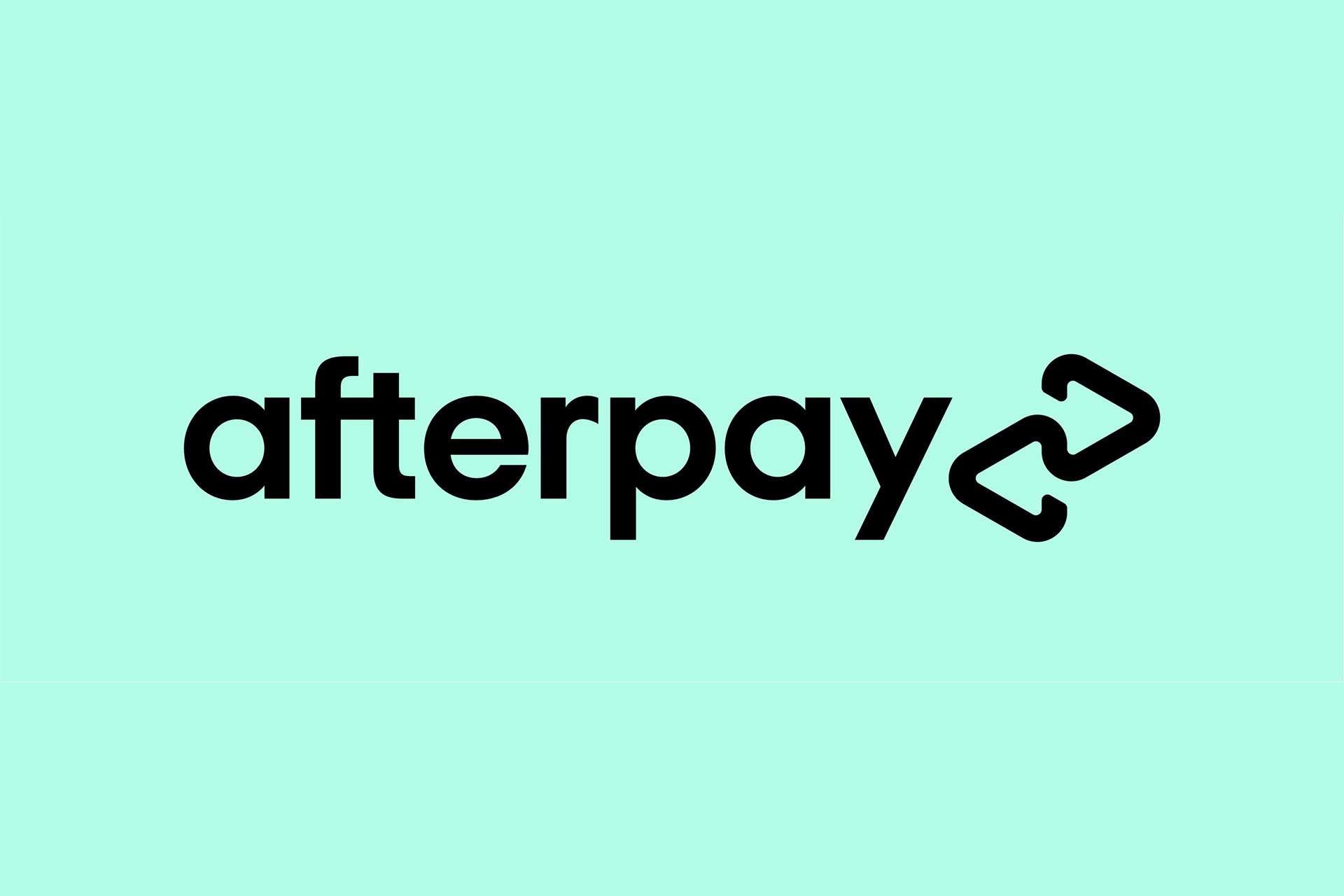
Afterpay
Afterpay is another major growing BNLP provider, one founded in Australia. It also can offer credit through a retailer’s website and has its own website with website links to everyone from Sur La Table to Pfaltzgraff to Dillard’s listed in the Kitchen & Dining category alone.
Zahir Khoja, general manager of Afterpay North America, told HomePage News that Afterpay launched just six years ago to support “Millennials who prefer to spend their money responsibly, avoiding expensive credit and revolving debt, and instead, using their own money to pay over time. This was a key lesson learned by our co-founder Nick Molnar, who is a Millennial himself and grew up during the 2008 financial crisis.”
Afterpay has concluded that younger consumers shopping online want alternative payment methods.
“Today, there is an obvious acceleration in online spending but there is also the tangible shift away from credit cards, just like 2008,” Khoja continued.

Zahir Khoja, General Manager, Afterpay North America
“Millennials and Gen Z are demonstrating a clear aversion to financial risk, especially for lifestyle purchases. We’ve seen the economic climate accelerate the demand for flexible shopping and payment options, and Afterpay provides a solution that allows consumers to continue shopping responsibly without the stress of credit card debt. Millennials account for the majority of spend on Afterpay. Our customer has an average age of 33, a mature Millennial. Generation Z is the fastest-growing cohort, with spending on our platform up 400% since January 2020. Together, GenZ and Millennials make up 70% of our global customer base,” Khoja added.
“Afterpay’s data has shown that older consumer segments are joining the platform, demonstrating that Afterpay is being normalized as a payment option for all demographics.”
With Afterpay, shoppers get the typical BNPL four interest-free payments every two weeks deal. Many Afterpay users are credit card holders, but they can save the equivalent of $6 per order by using its services and paying it over time, Khoja said, even if payments are tied to a credit card. As such, the BNPL provider can stretch a single purchase to more than one credit card billing cycle. For many younger consumers, some without credit cards, some interest shy, BNPL is a preferred purchase method because it represents true financial freedom and control, Khoja maintained.
“When checking out with one of Afterpay’s global brand partners, customers select Afterpay as their payment method at checkout, and create an account to make their purchase,” Khoja said. “Afterpay never charges interest or upfront fees and is completely free to the consumer if the payment is made on time. If a single payment is missed, the consumer cannot use our platform, which ensures that he or she can’t fall into the revolving cycle of debt. In the U.S., our late fees are never more than $8 per payment, and we always cap late fees on an individual order at 25% of the order amount. These rules help ensure we are always protecting our customers and that they are only buying items they can afford.”
From Afterpay’s perspective, BNPL is a long-term proposition.
“It’s the preferred way to pay by Gen Z and Millennials, and as this generation matures and their spending power grows, so will the use of BNPL as a primary form of payment,” Khoja said. “The permanency of BNPL is also apparent by the growing number of retailers that are adopting the service. Afterpay now has approximately 100,000 retailer partners globally, and our retailers are naturally taking us into new verticals, including kitchen and home, home furnishings, athletic equipment, pets, travel, tickets and big-box ‘everyday’ spend retailers. Today, you can buy a plane ticket with Afterpay, and we soon expect to expand into health and wellness items such as visits to the dentist or eye doctor, gym memberships, etc.”
Afterpay helps retailers to delight their customers with our flexible, interest-free payment method, aiding in conversion, increasing key retailer metrics like AOV, basket size, and total sales volume, and decreasing returns. Our retailers also see us as a full-funnel marketing partner, helping to drive awareness, consideration and conversion. Afterpay drove $4.5 billion in net benefits to merchants, including $8.2 billion in incremental sales for retailers and SMB merchants this year.
– Zahir Khoja, General Manager, Afterpay North America
In the last measure, Khoja said, the Afterpay model drives value to retailers.
“We connect brands with this next generation of consumers who are spending money differently and provide a key source of marketing and customer acquisition to our partners, Khoja says. “Afterpay helps retailers to delight their customers with our flexible, interest-free payment method, aiding in conversion, increasing key retailer metrics like AOV, basket size, and total sales volume, and decreasing returns. Our retailers also see us as a full-funnel marketing partner, helping to drive awareness, consideration and conversion. Afterpay drove $4.5 billion in net benefits to merchants, including $8.2 billion in incremental sales for retailers and SMB merchants this year.”
Khoja stressed Afterpay has positive attributes for home retailers. Given their feelings about credit, BNPL can be an attractive alternative to consumers undertaking the expensive task of setting up households.
“What we hear most from our retailers in the home category is that we help them unlock access to a younger customer that’s spending differently,” Khoja says. “Generation Z and Millennials are increasingly credit averse, wary of high-interest and revolving debt cycles, and favor debit cards. They want to use their own money instead of turning to expensive loans or credit cards, but still want and need the flexibility of being able to pay over time afforded by traditional credit.”
Generation Z and Millennials are increasingly credit averse, wary of high-interest and revolving debt cycles, and favor debit cards. They want to use their own money instead of turning to expensive loans or credit cards, but still want and need the flexibility of being able to pay over time afforded by traditional credit.
– Zahir Khojar, General Manager, Afterpay North America
As the festive season begins, Khoja said, “we’re expecting that BNPL will be the preferred way to pay by many this holiday season. The holidays are often a time of financial stress, as consumers are worried about paying for all the gifts they need during a concentrated period of increased spend. Afterpay allows shoppers to buy their gifts now and pay over time, without the worry of interest and revolving debt posed by credit.
“A new Afterpay Holiday Shopping Survey of more than 2,000 Americans found that people are shopping earlier for several reasons and are concerned about overspending and accruing credit card debt,” Khoja continued. “Afterpay is the ideal solution for this, and in fact, if consumers finish their holiday shopping by November 19 using the BNPL service, they can pay off their holiday expenses before the new year.”
Afterpay has even mounted a promotion declaring November 19th Done Day.
Right now, BNPL tends to do best in specific locations and is yet to reach a true mass-market audience, said Khoja citing an Accenture study, but that’s changing.
“The majority of Afterpay customers live in cities with high costs of living: Los Angeles, San Francisco, Chicago, New York City, Houston,” Khoja said. “The merchants that receive the highest benefits from partnering with Afterpay are based in San Francisco, Los Angeles, New York City, Indianapolis and Philadelphia. BNPL is a small portion of the U.S. payments system but is becoming significant in some categories and channels. This is true for online fashion retail, where BNPL makes up 12% of all transactions. Share of BNPL as a payment method in the U.S. is relatively small compared to mature BNPL markets such as Australia. BNPL transactions currently make up 2% of all e-commerce but are expected to reach 10% by 2024 as the U.S. catches up to more mature markets.”
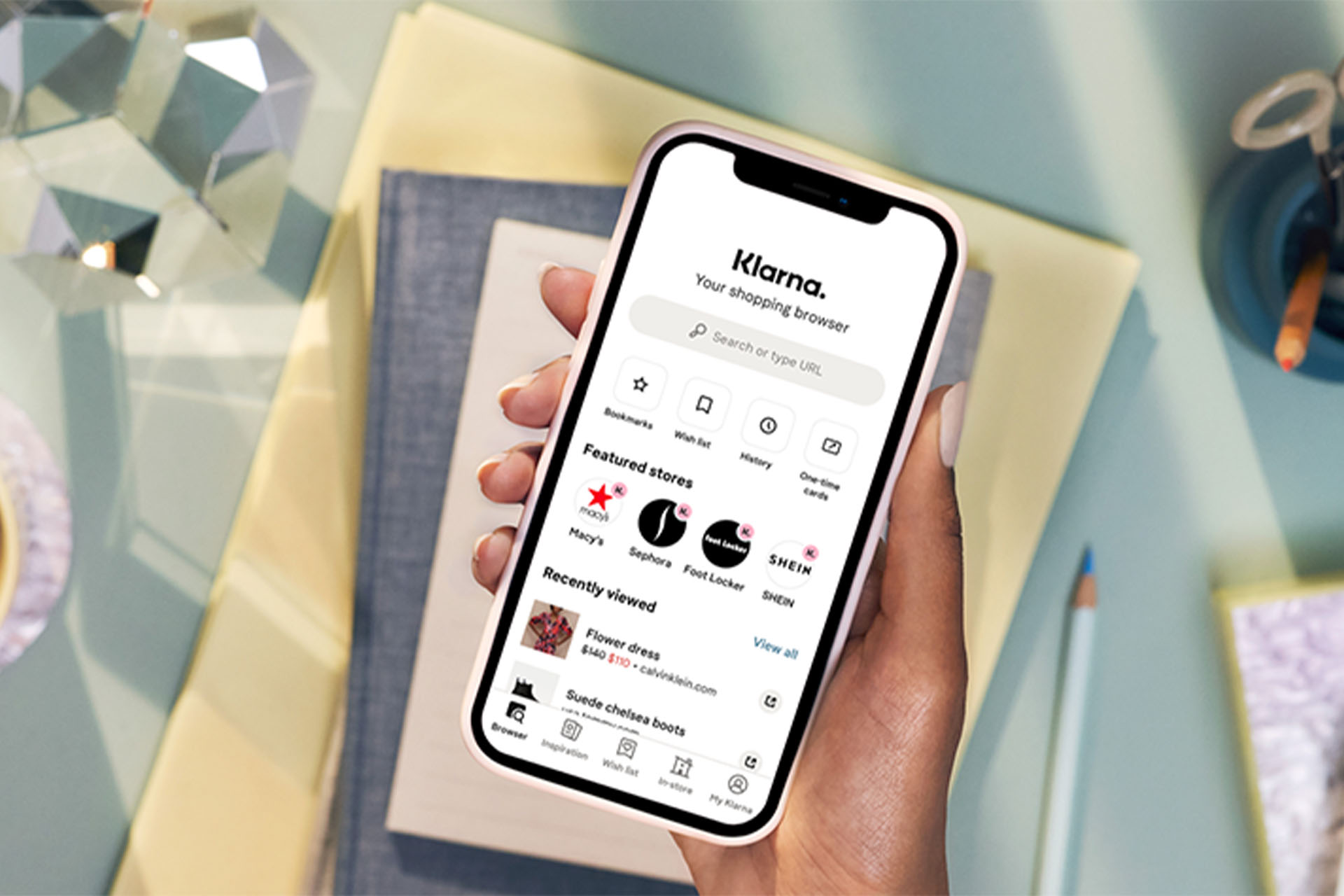
Klarna
For its part, Klarna continues to grow, and in many differing directions. In October, the company announced that it had entered a strategic partnership with Wix, a worldwide SaaS platform, to bring flexible, convenient payment options to Wix e-commerce merchants across 17 national markets including the U.S. As such, Wix customers including designers, developers, musicians and restaurant owners will have access to Klarna services. The company has also entered a partnership with Stripe, a global technology company building economic infrastructure for the Internet including software and application programming interfaces.
As for the U.S. mass market, Klarna offers services through several merchants who also are accessible to its website, with Bed, Bath & Beyond, Joanne and Wayfair among the featured links.

Sebastian Siemiatkowski, CEO & Co-Founder, Klarna
Klarna today has 90 million active global users who make two million purchases per day from more than 250,000 retail partners across 13 different product categories and industries, according to the company, and the Klarna app is getting 4.5 million downloads per month. Among Klarna’s 20 million U.S. customers, a number that doubled between June 2020 and August of this year, the average age is 34. The company’s fastest-growing customer segment is between 46 and 55. Data indicates that consumers are becoming more thoughtful about how they spend, a spokesperson said, especially when it comes to credit cards.
“The pandemic has really proven to us how people, particularly Millennials, are working hard to reduce their credit card debt and spending,” the spokesperson said. “Klarna’s interest-free payment options are designed to help consumers get out of debt with clear repayment plans and with the flexibility to better manage their cash flow. In our Holidays Unwrapped 2021 report, we found that the majority of Gen Z, 75%, Millennials, 76%, and Gen X, 60%, are looking for flexible payments at checkout this holiday season.”
Klarna’s Pay in 4 option allows shoppers to split purchase costs into four interest-free payments, paid every two weeks, as is the case elsewhere in the BNPL world. The company also offers Pay in 30, which gives shoppers the chance to try their purchases before paying for them, providing peace of mind, especially when purchasing from an unfamiliar merchant. If they’re satisfied with the item, they can make payments online or in the Klarna app and only pay for what they keep.
“Klarna makes money by charging retailers, not shoppers who use our BNPL products,” the company spokesperson said. “As with any credit product, it’s important to pay on time. Klarna has several checks in place so customers don’t miss their payments. At checkout, a payment schedule is clearly laid out so customers know when they will be charged with automatic payments made via their debit or credit cards until the full balance is paid. Klarna also sends additional emails and in-app reminders so customers are on top of their balance and payment schedule.”
For consumers who don’t meet Klarna terms, the late fee is up to $7 and capped at a maximum of 25% of the past-due installment. Klarna also limits the customer’s use of its payment programs “so they are unable to accrue additional debt, unlike the traditional credit model,” the spokesperson said.
Klarna makes money by charging retailers, not shoppers who use our BNPL products. As with any credit product, it’s important to pay on time. Klarna has several checks in place so customers don’t miss their payments. At checkout, a payment schedule is clearly laid out so customers know when they will be charged with automatic payments made via their debit or credit cards until the full balance is paid. Klarna also sends additional emails and in-app reminders so customers are on top of their balance and payment schedule.
– Klarna company spokesperson
Klarna customers can register for price drop notifications, explore exclusive deals and use the service to make wish lists of favorite items and share them.
Klarna keeps adding U.S. merchants, with the premise that it can offer greater opportunities for customer acquisition and engagement. However, the company characterizes its service as just as much a discovery tool as a shopping service given that it highlights retail partners through collections and curated content, introducing them to new audiences. It recently acquired PriceRunner, an operation that will bring daily price updates, reviews, professional tests and intelligent filtering options to the Klarna app. Soon after, Klarna reintroduced its app as the only one consumers need, one through which consumers shop at all online stores, explore exclusive deals and personalized shopping collections, as well as save items and unlock price drop notifications, track deliveries, manage payments and initiate returns.
Under Klarna for Business, the company offers a suite of marketing services to help retailers grow and connect with consumers across all channels, not unlike what has happened with marketplace platforms. Klarna recently announced a strategic national multi-year alliance with Simon and Macerich shopping destinations, which will provide the mall operators’ customers access to Klarna’s in-store payment solutions while expanding Klarna’s in-store footprint.
In announcing the partnership, David Simon, Simon chairman, president and CEO, said, “Identifying ways that support the success of our merchants while elevating the customer shopping experience are key priorities for Simon. By aligning with Klarna, we’re giving our retail tenants an important advantage this holiday season and well into the future: a unique way to attract new audiences already embracing the convenience that Klarna’s interest-free payment options provide.”
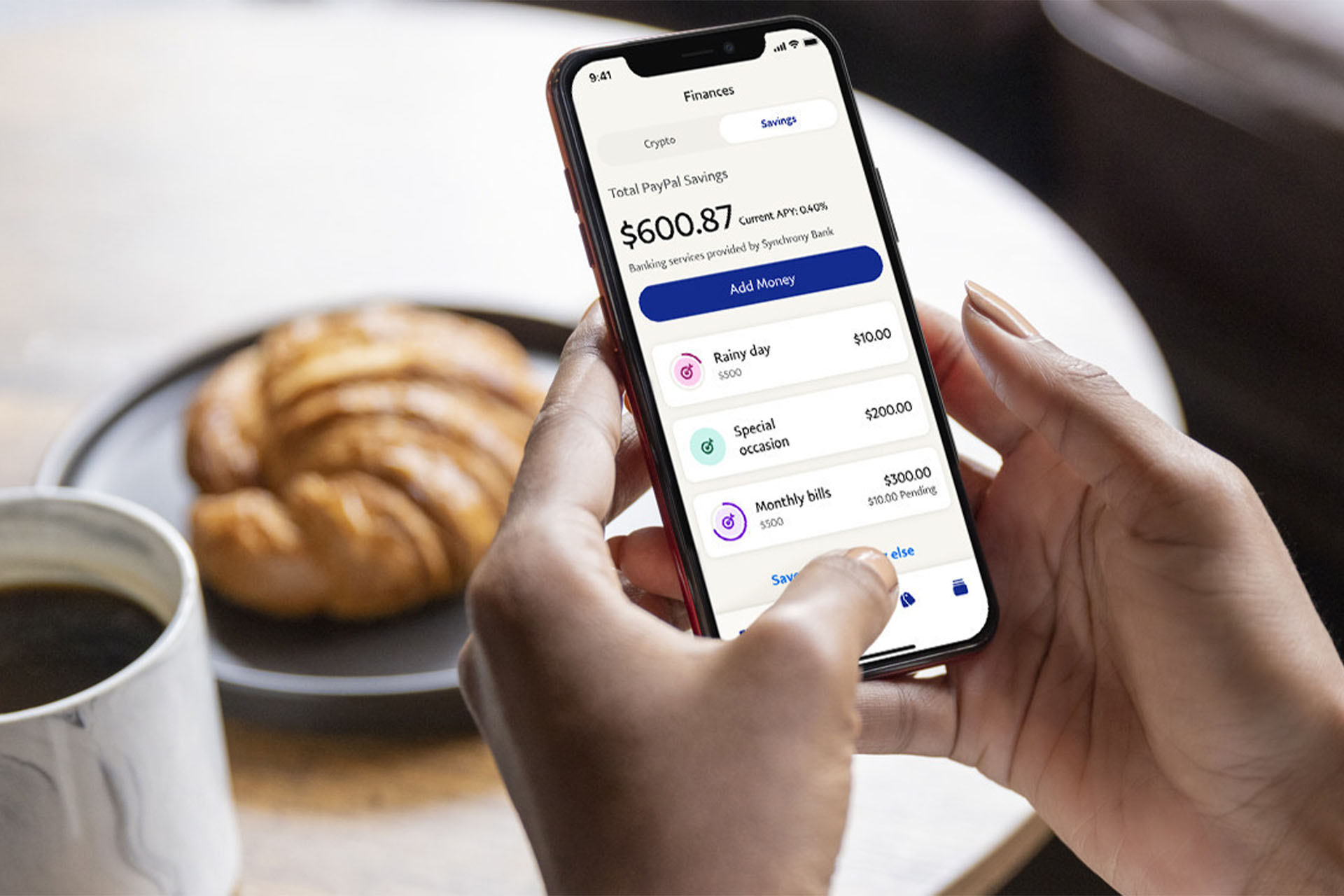
PayPal
In the last measure, PayPal may still be further along in its evolution than other alternative payment providers. In September, it announced the launch of an updated PayPal app as an all-in-one, personalized function that offers customers a place to manage their financial lives. The company introduced new features including PayPal Savings, a new high yield account provided by Synchrony Bank, alongside new in-app shopping tools that enable customers to earn rewards redeemable for cashback or PayPal shopping credit and uncover deals with hundreds of merchants.
With all the activity, BNPL providers, whether more specific or broader in their operations, will gain the attention of more consumers than ever this holiday season, and the aftermath should give an indication of how established they will become as a regular payment choice among consumers.


